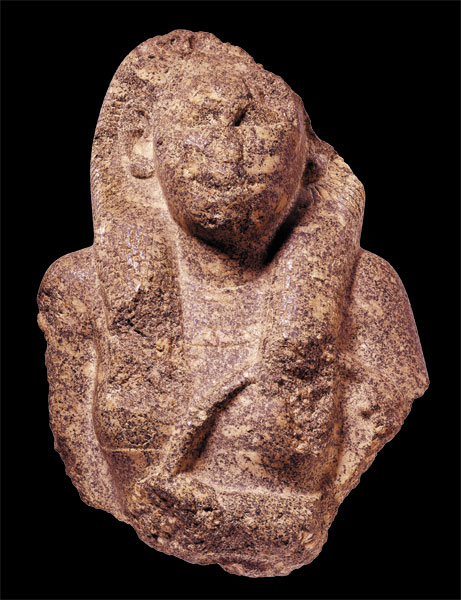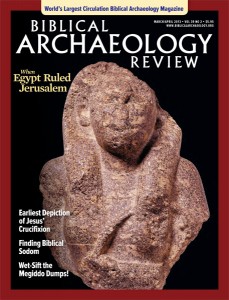
One thing leads to another. In a way, it can be said that the article you are now reading originated with another BAR article: In 2000 the prominent Jerusalem archaeologist Gabriel Barkay published an article in BAR titled “What’s an Egyptian Temple Doing in Jerusalem?”a1 Barkay summarized the evidence for an Egyptian temple in Jerusalem in the Late Bronze Age (1550–1200 B.C.E.), the period before Israel’s formation as a state in Canaan during Iron Age I (1200–1000 B.C.E.). This evidence included several Egyptian-style capitals that had been discovered in 1882 on the grounds of the École Biblique et Archéologique Française, just north of the Old City walls. Unfortunately, only one report published by the École Biblique from 1892 glancingly mentions these capitals (and describes them as “lotus-shaped”). Barkay was able to locate one of these capitals, however, which he would describe as “Egyptianizing” instead of “Egyptian” and which was found in secondary use in a wall of the Garden Tomb adjacent to the École Biblique.
Already a library member? Log in here.
Institution user? Log in with your IP address.

